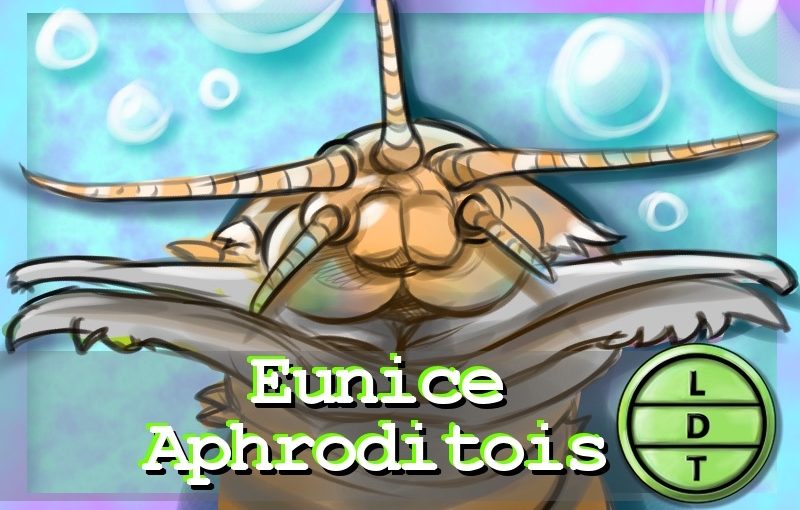“And today were talking about a terror tube that makes the sarlacc that swallowed Bobba Fett seem like a kiss on the cheek. But more on that later.”
The ocean floor is a treasure trove of decaying plant and animal matter that’s ripe for the picking for fish and invertebrates that are looking for tasty morsels. But in case you forgot, the ocean can be a terrifying alien landscape full of awful oddities. A fish combing the sand for aquatic treats may instead find their doom shooting out of the sand at blinding speed. In the blink of an eye, victims are wrenched below the sand, never to be seen again. But a quick and decisive strike may be what a disturbing ocean worm needs to avoid hunger in Life, Death, and Taxonomy.
Measure Up
Length
- 10 centimetres (4 in) to 299 centimetres (9.81 ft)
- 3 feet on average.
- How many Bobbit worms go into the height of the Taj Mahal (240 feet)?
- Hint: It was commissioned by the Mughal emperor Shah Jahan in 1632 to be the tomb of his favourite wife, Mumtaz Mahal.
- Answer: 80 worms
Width
- They dent do grow lonker without growing much thicker. Even long specimens are only about an inch in diameter.
- How many worm diameters go into the diameter of the world’s largest hula hoop (four inches.)
- Hint: The hoop was created and spun by Krishan Bhatia and his 16 year old son Kshitij Bhatia, in India in March of this year.
- Answer: 4 worms
Major Fact
- The Bobbit Worm is deaf, blind, and they only have a rudimentary ganglion nerve cluster for a brain, so how does it catch prey?
- One can only assume, through pure malice.
- But also, with a series of nasty little ticklers.
- They bury their bodies in the sea floor, exposing only their gaping maws.
- They wait, jaws opened for a chance to strike.
- They have four or five antennas on their mouth parts that writhe around feeling for food.
- The slightest brush can trigger a strike. Even changes in water movement caused by a passing fish may be enough.
- They are also able to detect light and dark, so a shadow that passes over them may also trigger a strike.
- When they detect a meal, they burst out of the sand quickly and clench their two-pronged, barbed mandibles around the victim.
- It’s mouthparts are collectively called a pharynx.
- The victim is then injected with toxins that can stun or kill it.
- That’s not all. The bobbit worm is powerful enough to pull large fish into their burrows, even if they are much larger than the worm.
- The mandibles are also strong enough to sometimes cut prey clean in half.
- Remains are then stored in the burrow and consumed at leisure.

